Notice this is work in progresss, and the article is not finished, but you might read those parts I have written now.
Continuing my journey reviewing vintage lenses on my medium format camera digital camera, the Hasselblad X1D 50C mark II, I have now come to a bunch of lenses from Minolta and Nikon. Both have produced lenses through decades and have made some very interesting glass, that I have been seeing forward to test. Like with so many other lenses, I have performed some initial previews just to discover if there any reason to include a particualar lens in my review. Here I was looking for matters like heavy vignetting, total lack of sharpness, or maybe extreme distortion. Consequently, if a lens was showing any of these characters, it would not be included on the list for the final review.
After the previews I ended up with the following list of lenses, but take note that if any other nice lens come into my possession or is lent to me, I might afterwards add it to the article:
- Minolta MD 50mm f1.7
- Minolta Rokkor 50mm f1.4
- Nikon AF Nikkor 28mm f2.8
- Nikon Nikkor 50mm f1.8
- Nikon E 100mm f2.8
- Nikon AF Nikkor 28-80mm f3.5-5.6D
- Nikon AF Nikkor 35-70 f3.5-4.5D
- Nikon AF Nikkor 85mm f1.4D
Initially i must say, that although all lenses have performed well in the preview, I have treated the zoom lenses a bit differently in that they might not perform equally well over the full zoom range, meaning that they have been included if the have shown good character over the main part of the zoom range.
Minolta MD 50mm f1.7
I have have several Minolta 35mm cameras, and have had even more, therefore also have a number of Minolta lenses. Although Minolta has been known for high quality glass, unluckily most of the lenses have shown heavy vignetting during the initial tests. They only just fill the image circle of the 35mm camera, but are not capable of producing an image completely filling the 33x44mm image sensor of the Hasselblad X1D.
Strangely though, some Minolta lenses passed the initial test showing even remarkable performance, and one of these are the pretty cheap looking Minolta MD 50mm f1.7. It is a somewhat plasticky lens, that doesn’t have the vintage metal and glass character of so many older lenses. It is from the later part of the “Minolta era” where they produced both awesome cameras and quality optics, but most of the later lenses include many plastic parts. Nevertheless, the lens seem quite sturdy and in spite of its age haven’t developed any play in its mechanics, the focus ring turn smoothly as does the aperture ring with clearly defined stops at each aperture. The glass in the lens is very clear and show no signs of its age. Partly due to its plastic construction, it is a very light lens, and at the same time it is a quite compact lens.
How does this Minolta then perform? The initial shots already showed a remarkable performance with respect to vignetting. Through the electronic viewfinder of my Hasselblad I couldn’t spot any kind of vignetting whatsoever, and that was confirmed when looking on the LCD after the shoot. Awesome!
But lens quality after all is much more than lack of vignetting, sharpness even at open apertures, chromatic aberration, color rendition, and distortions are other characteristics that I would like to see pleasing results for. Nevertheless, I am definitely not using vintage glass primarily to get perfect results, I hope to get results with character, that have a vintage look without displaying to many worrying flaws. Coming back to the Minolta lens, lets have a look at some images and see how many boxes it actually ticks.
First two images of the plants growing to a fence has been shot at respectively f2.8 and f11. Tthe 2.8 shot is pretty sharp in the image plane and show a very nice background blur, while color rendition is slightly muted, though not disturbingly much. At f11 the color rendition has improved and the sharpness is very decent, very good results at least in the primarily green part of the color spectrum. Note here that the background “bokeh balls” are clearly hexagonal due to the relatively primitive solution with six straight aperture blades. Some might dislike this, others like me find this very nice.
The image of the stairway railing at my house displays the behaviour in the blue and orange part of the color spectrum, and the results here are also pleasing. Though, this shot at f1.7 reveals that the lens is not tack with wide open aperture, but as seen from the other shots sharpness improves very fast when stopping just a bit down. My mistake could also be, that I haven’t placed the primary object, the screw, in the middle of the image, where sharpness might be just a tad better.
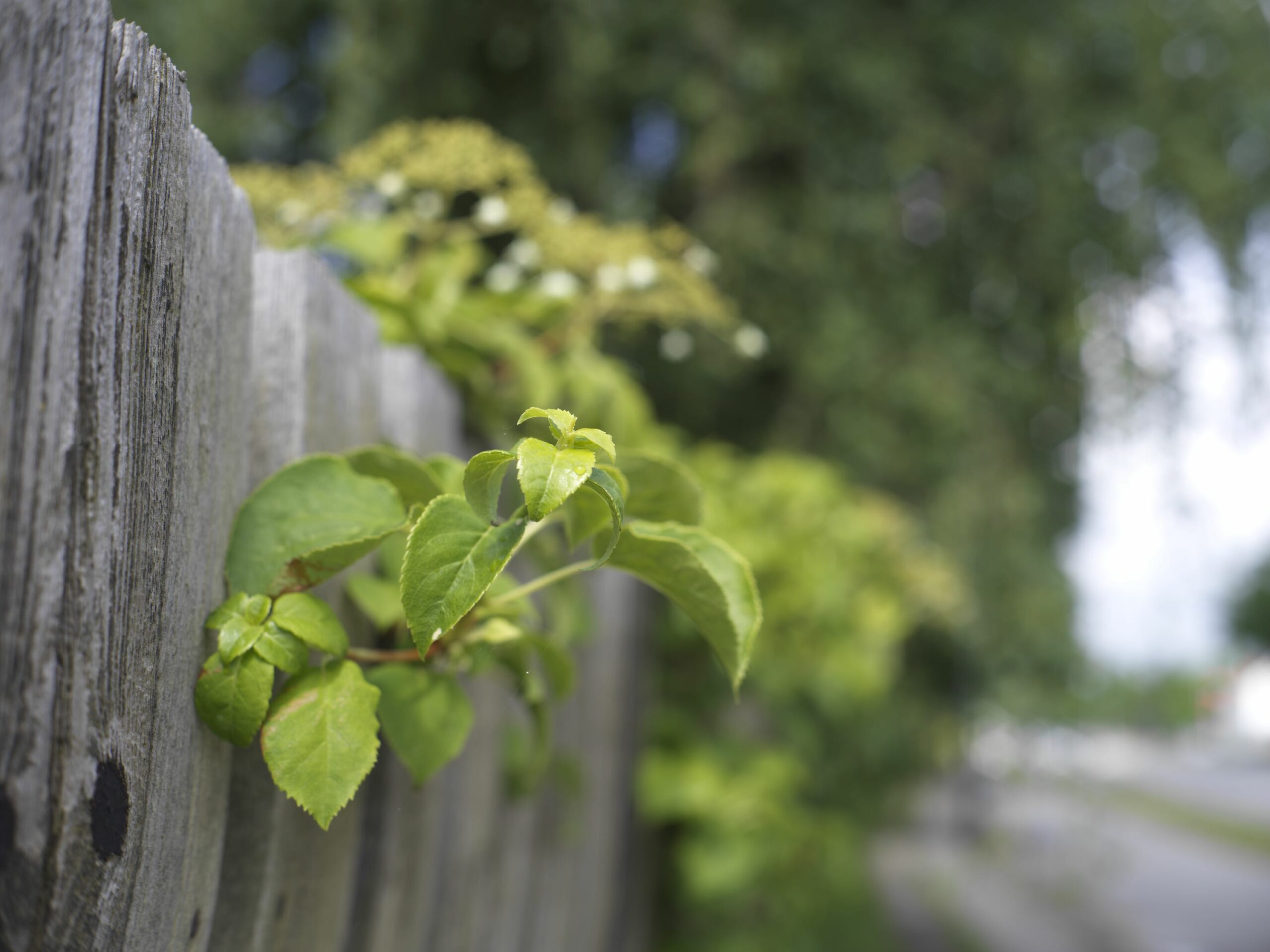
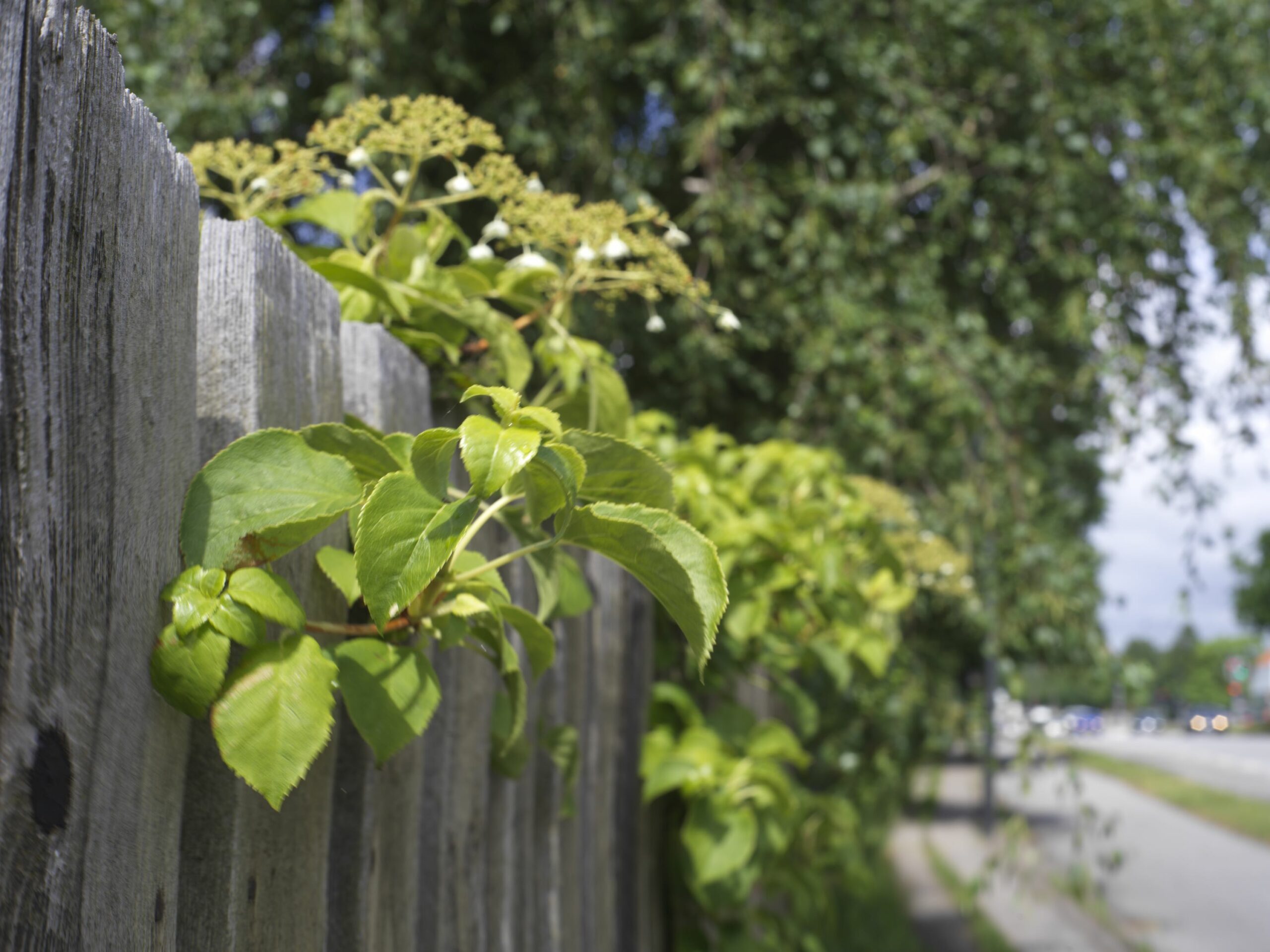
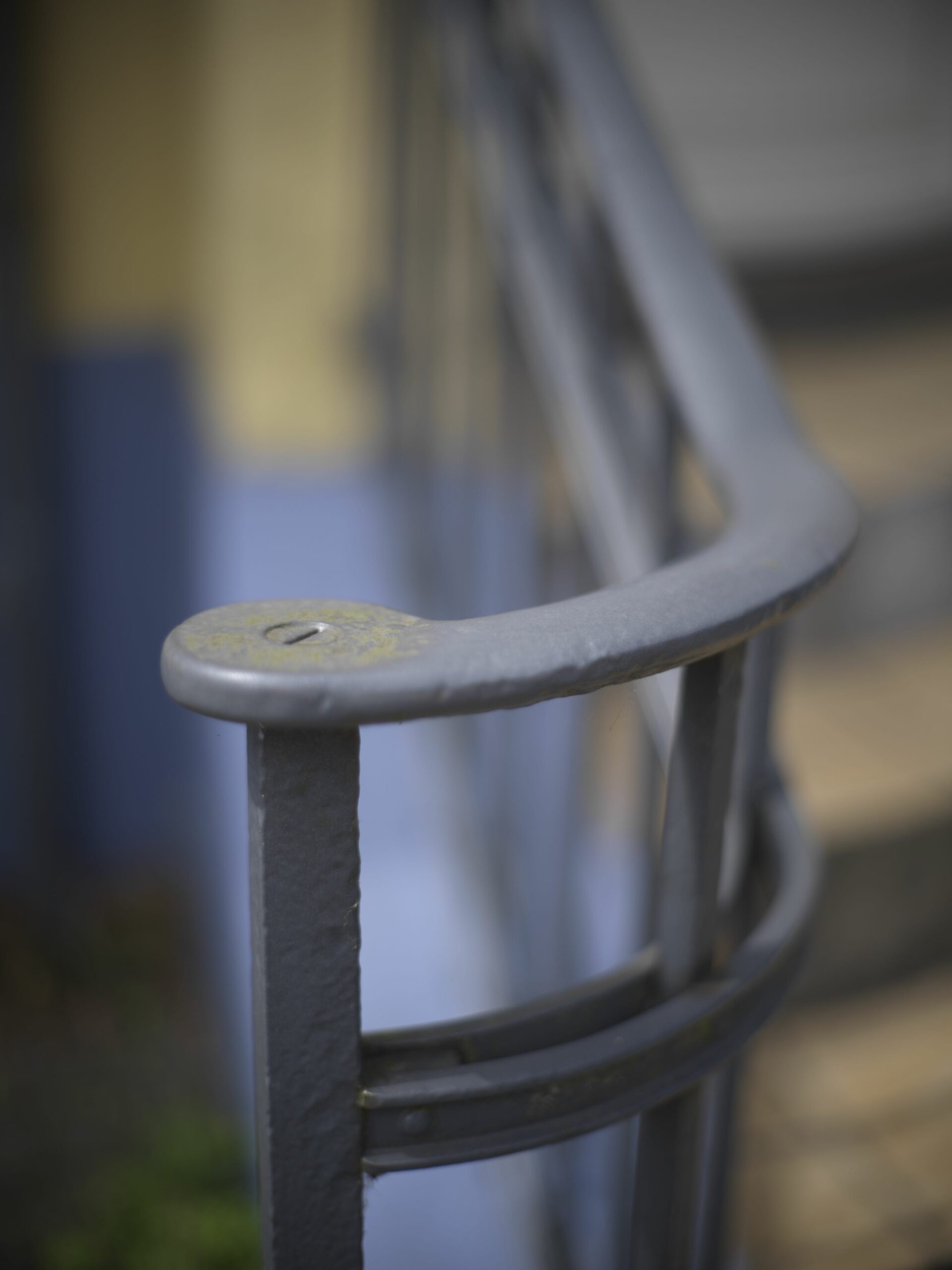
Lets have a look at how this lens displays the reds in the following two images. First one is an experimental image, where the camera was shot at 1/20 second while I followed the bicyclist, which, using the electronic shutter of the camera, isn’t a very optimal solution. In the background you can see how objects are distorted due to the 300 millisecond read-out time of the sensor. Nevertheless, I like the image, and coming back to the colors I’m very pleased with the reds as well. Left image is shot at f22 and gives pang colors, but the right image shot at f5.6 isn’t lagging far behind, and this image shows the very good sharpness this lens displays when moved just a bit away from f1.7.

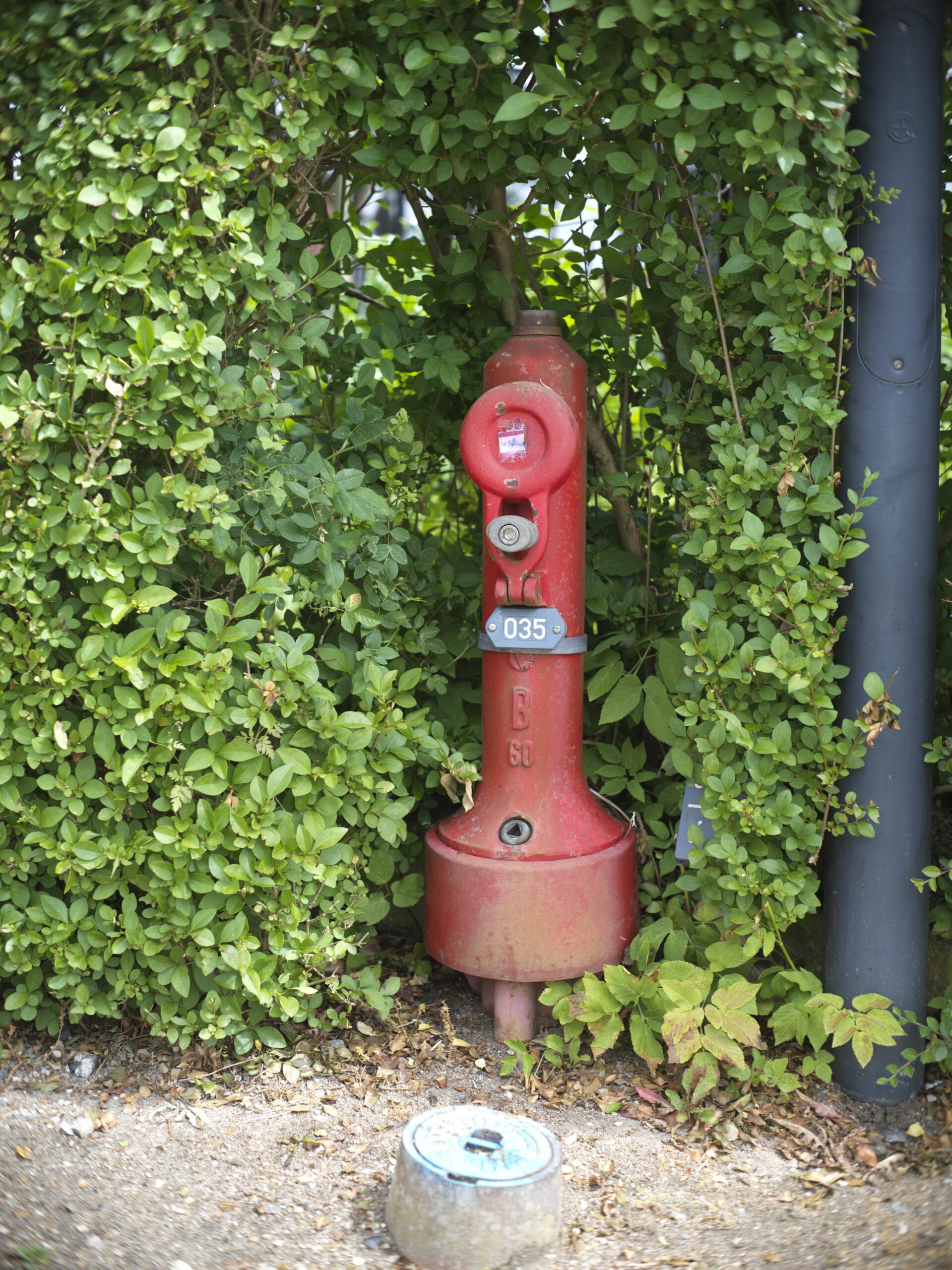
After previewing a load of my old Minolta lenses, I wasn’t expecting much from this plastic lens, but I was quite pleased with my findings. Absolutely no vignetting, good sharpness at least from f2.8, very pleasing colors, and seemingly no distortions to talk of – though without shooting anything very challenging in that respect. Knowing that this lens can be had for as little as 30-40€, that it is very compact and light, I can recommend this lens as a good all-rounder and for thing like portrait shooting, and having a near focus of 45cm you can actually get pretty close. All in all it is a strong contender if you want a cheap high quality lens.
Minolta Rokkor 50mm f1.4
Nikon AF Nikkor 28mm f2.8
Nikon Nikkor 50mm f1.8
It is the smallest 50mm lens I own, built from good quality hard plastics, but in spite of the plastic build, it feels pretty sturdy in the hand. The aperture is a bit funny, having 7 straigt aperture blades, and therefore might now have the most beautiful bokeh balls.
I didn’t expect this very compact lens to perform very well on a medium format camera, but I was positively surprised immediately after making the first shots, just looking in the viewfinder, I could see there was absolutely no vignetting, and the sharpness seemed very good as well.
On importing the images into Hasselblads Phocus software the first impressions was confirmed. I could see lots of details in the images right out to the corners, confirming that sharpness right from f1.8 was very good, the colors were nice without being exaggerated, and vignetting wasn’t detectable at all. That was an amazing performance from this tiny lens.
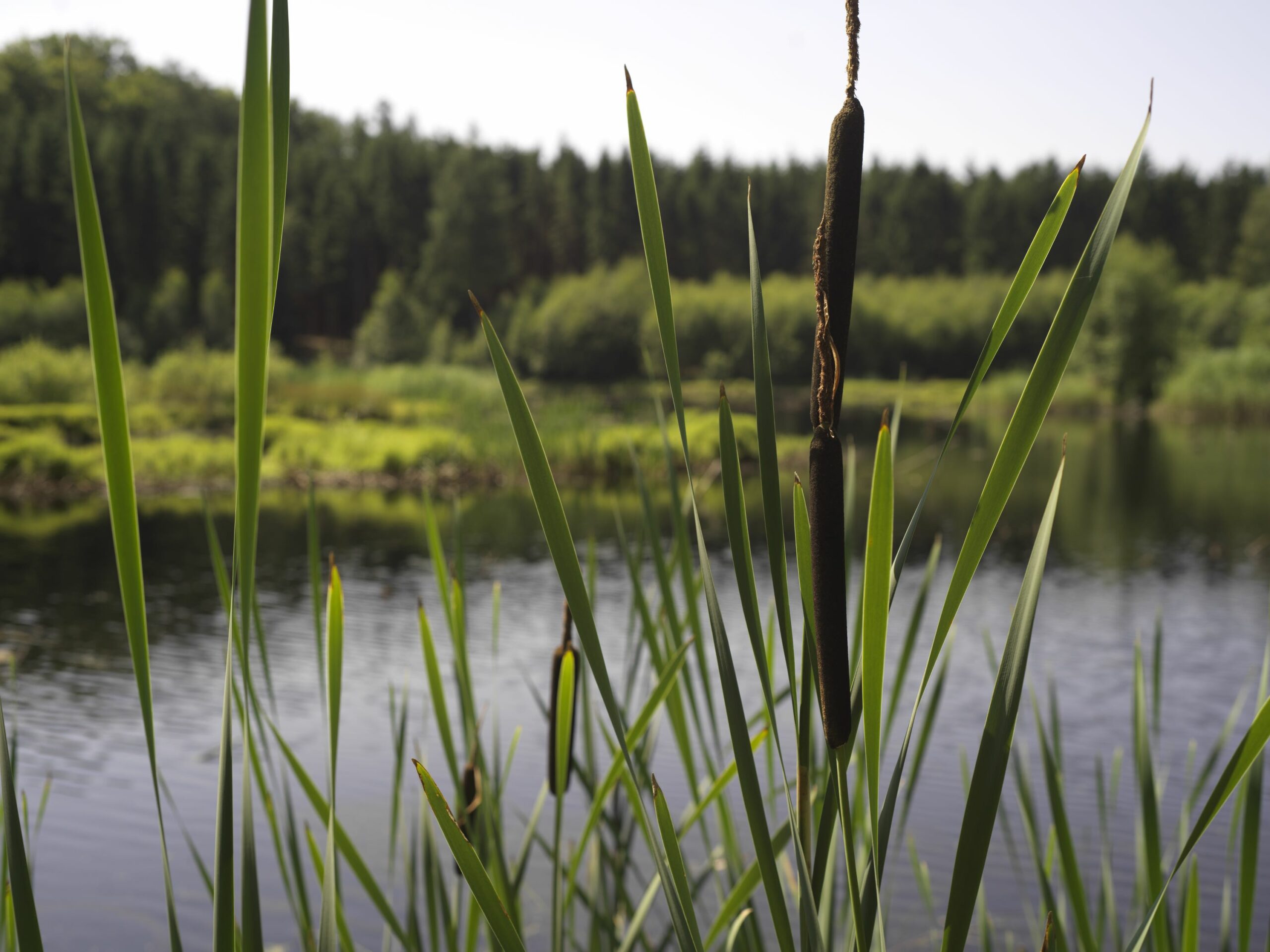
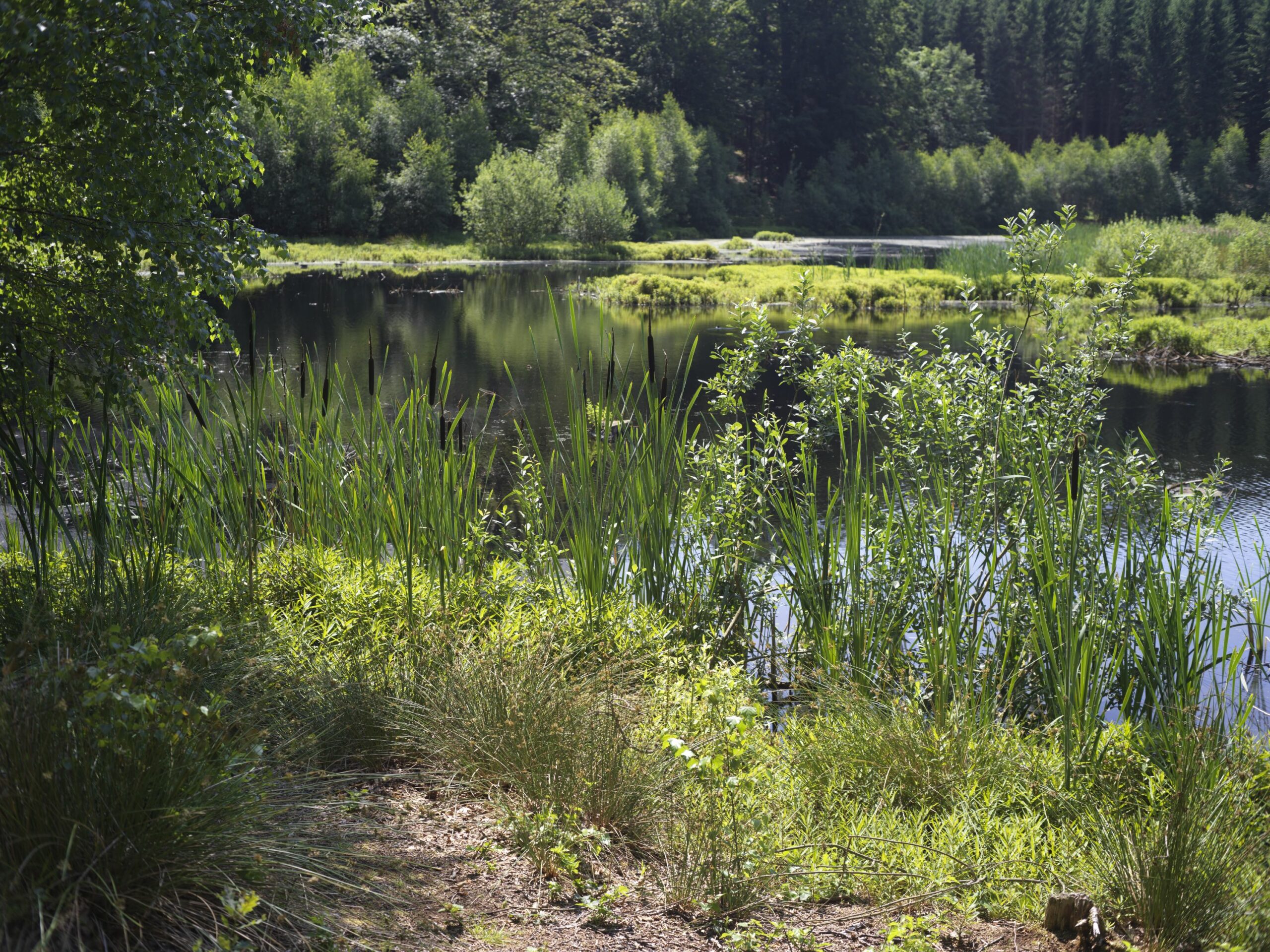
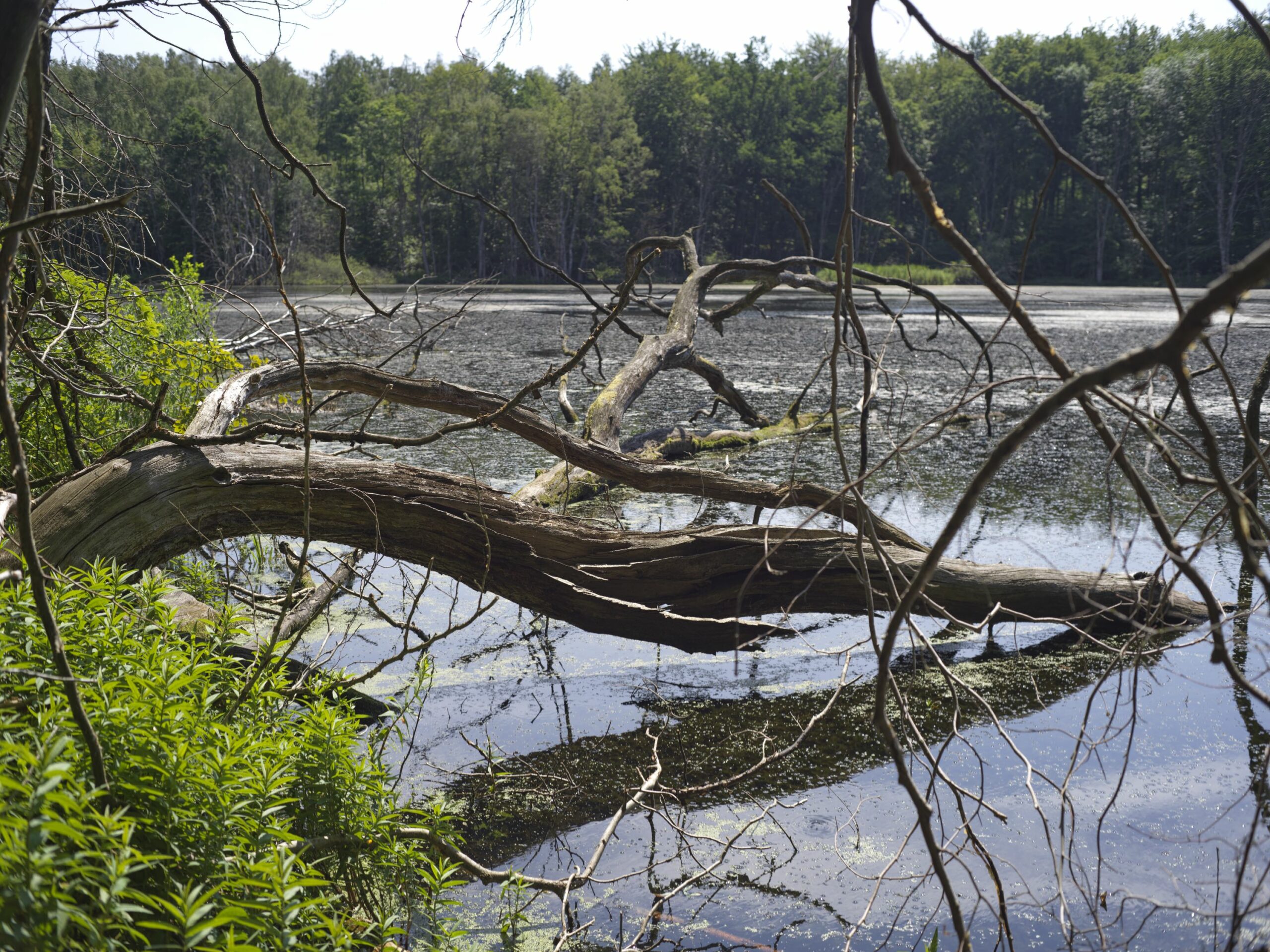
Further shooting only confirmed the results. And when making some close ups at f1.8 I also realized that the rendering of background blur is very nice – to my eyes at least. It seems that Nikon in those years hit it even with this relatively cheap lens series, as you will see when we come to the 100mm f2.8 from the same period.
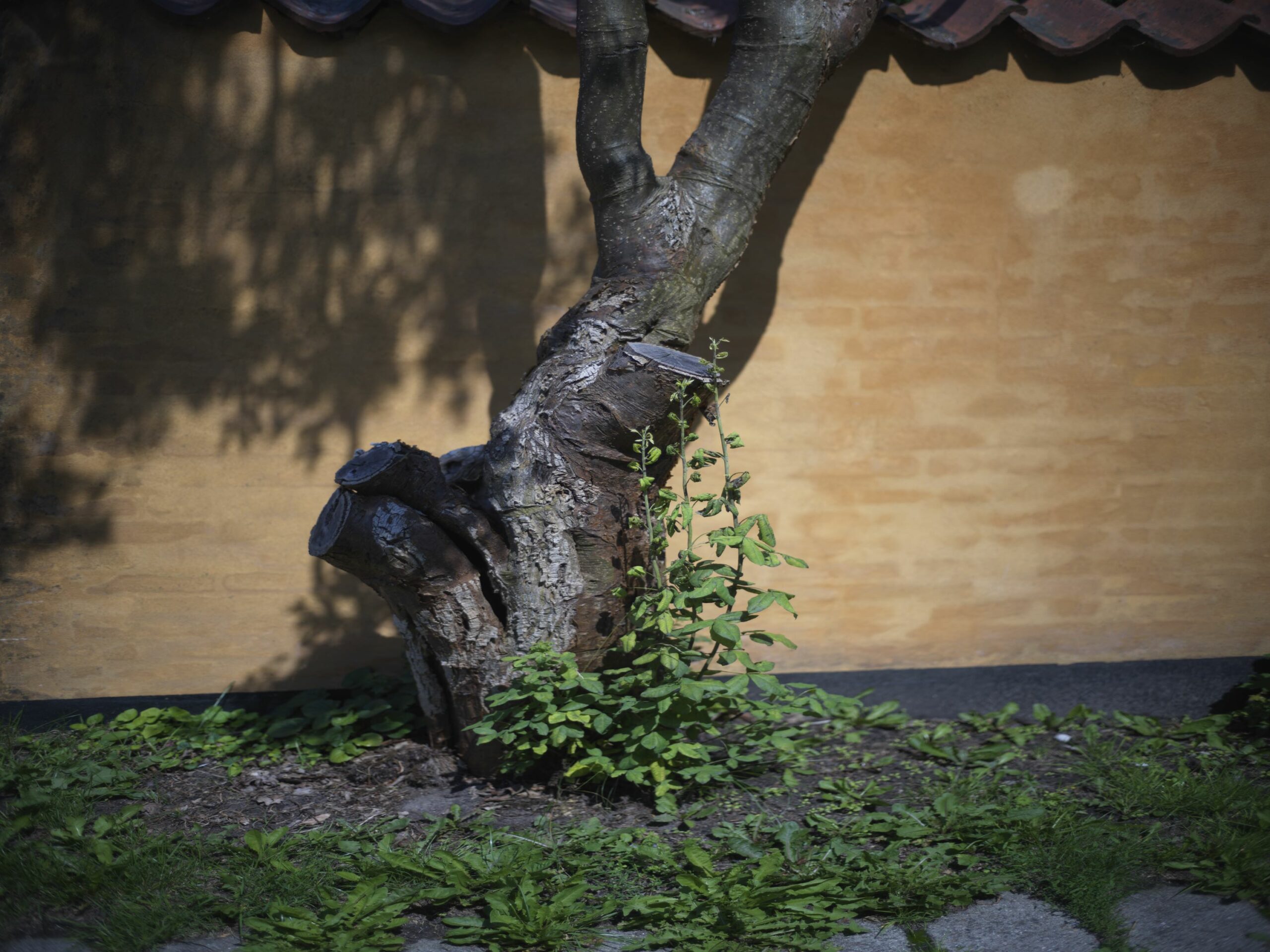
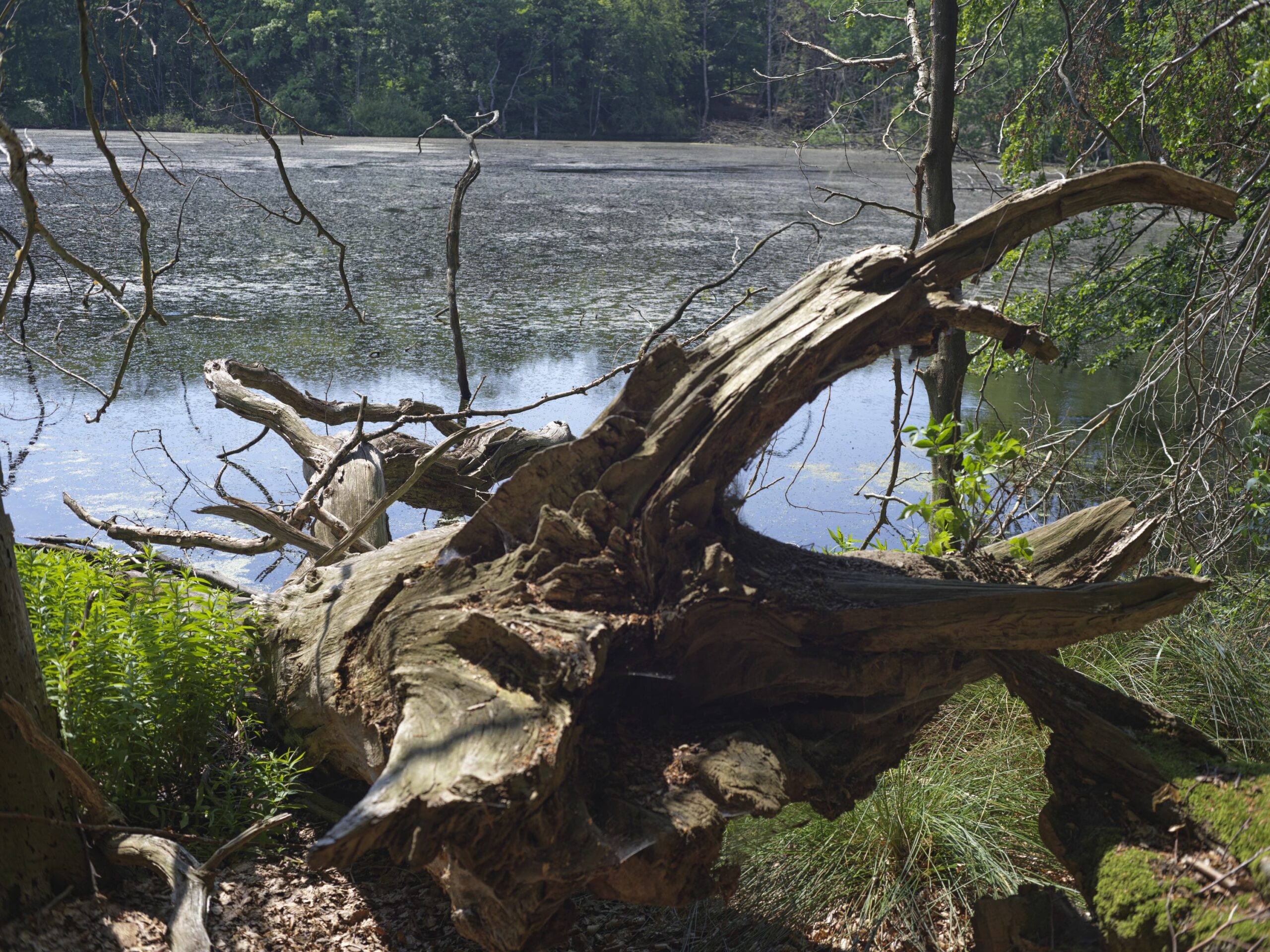
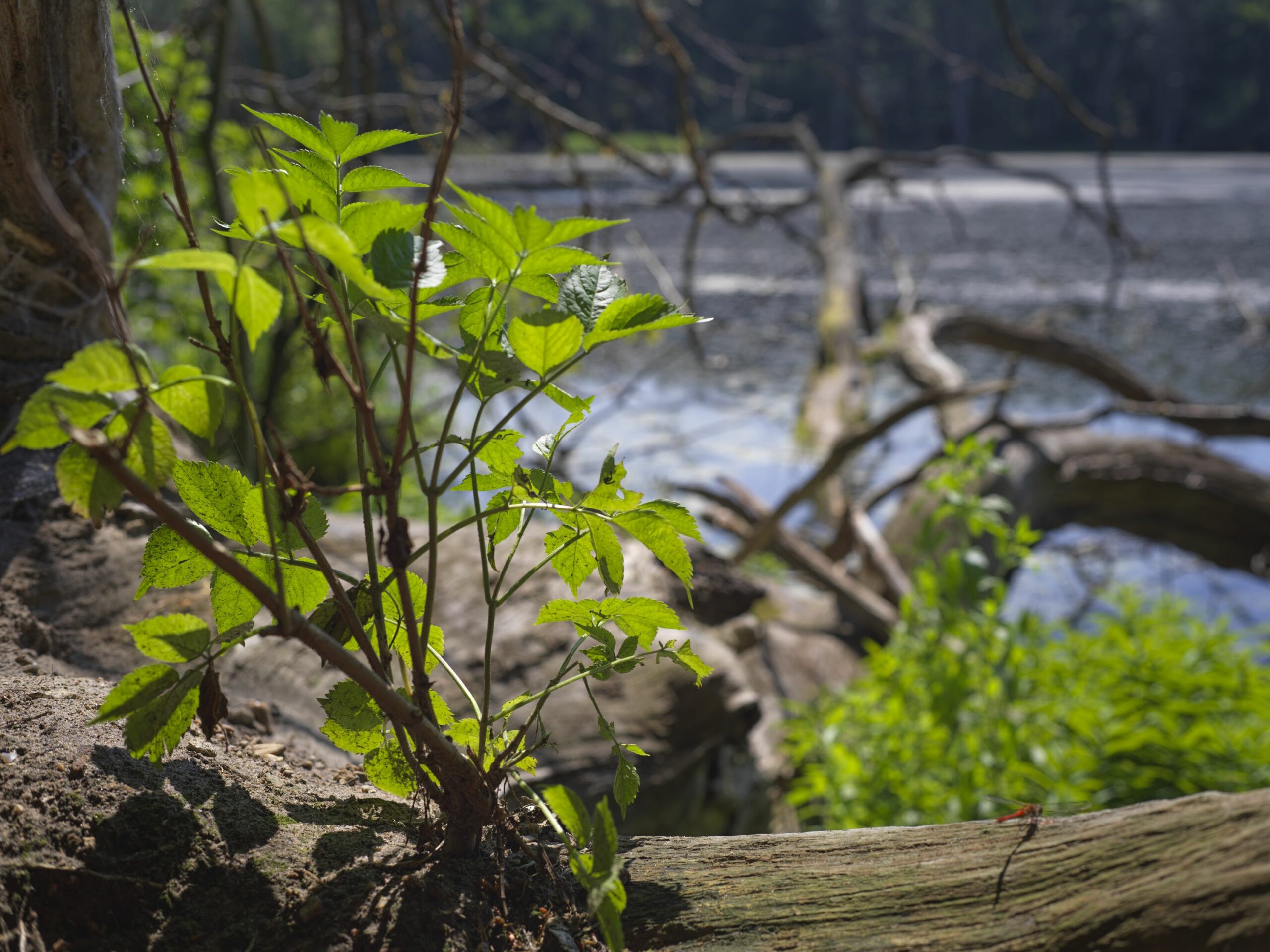
To conclude this lens I can only say, if you want a compact lens that delivers amazing quality even on a modern medium format sensor camera, you should definitely get the Nikon Nikkor 50mm f1.8. It comes highly recommended even at the current price of just above 100€ – I only paid 50€ for my own copy 🙂
Nikon E 100mm f2.8
Inconspicuous is the first thing I think holding this lens in my hand, a very small 100mm lens it truly is. Can this tiny thing deliver to any degree on a demanding middle format camera? Well were going to find out. Mounting it on the adapter it looks almost like I have mounted a pancake lens on my Hasselblad, but I was stunned when I looked at the first image on the back screen of the camera.
First results showed very low degree of vignetting, it’s visible on light evenly lit subjects like the sky, but otherwise not noticeable, and there is nice sharpness already at f2.8 at least in the center. Later tests will show if this is also the case at the image borders and in the corners.
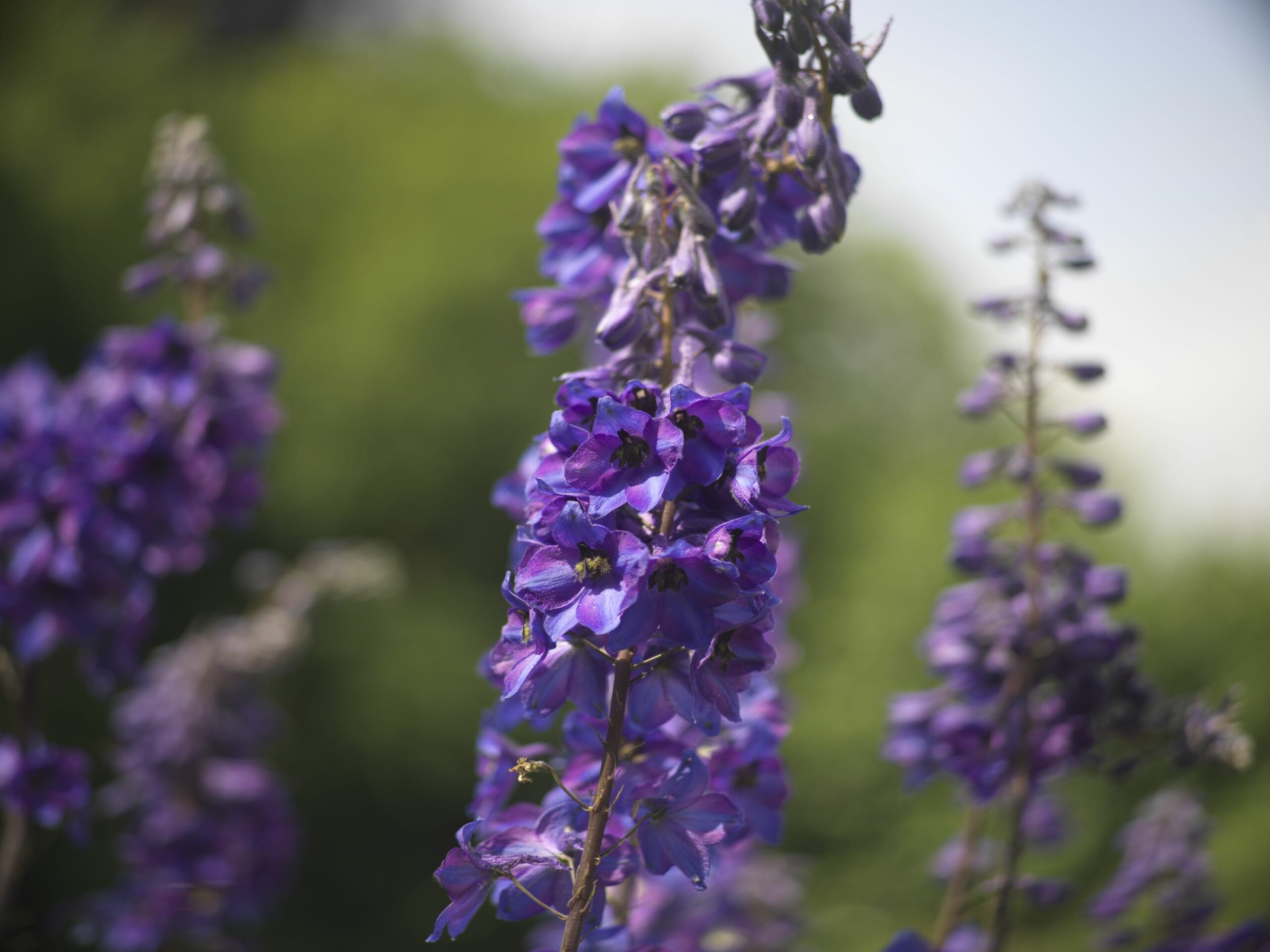
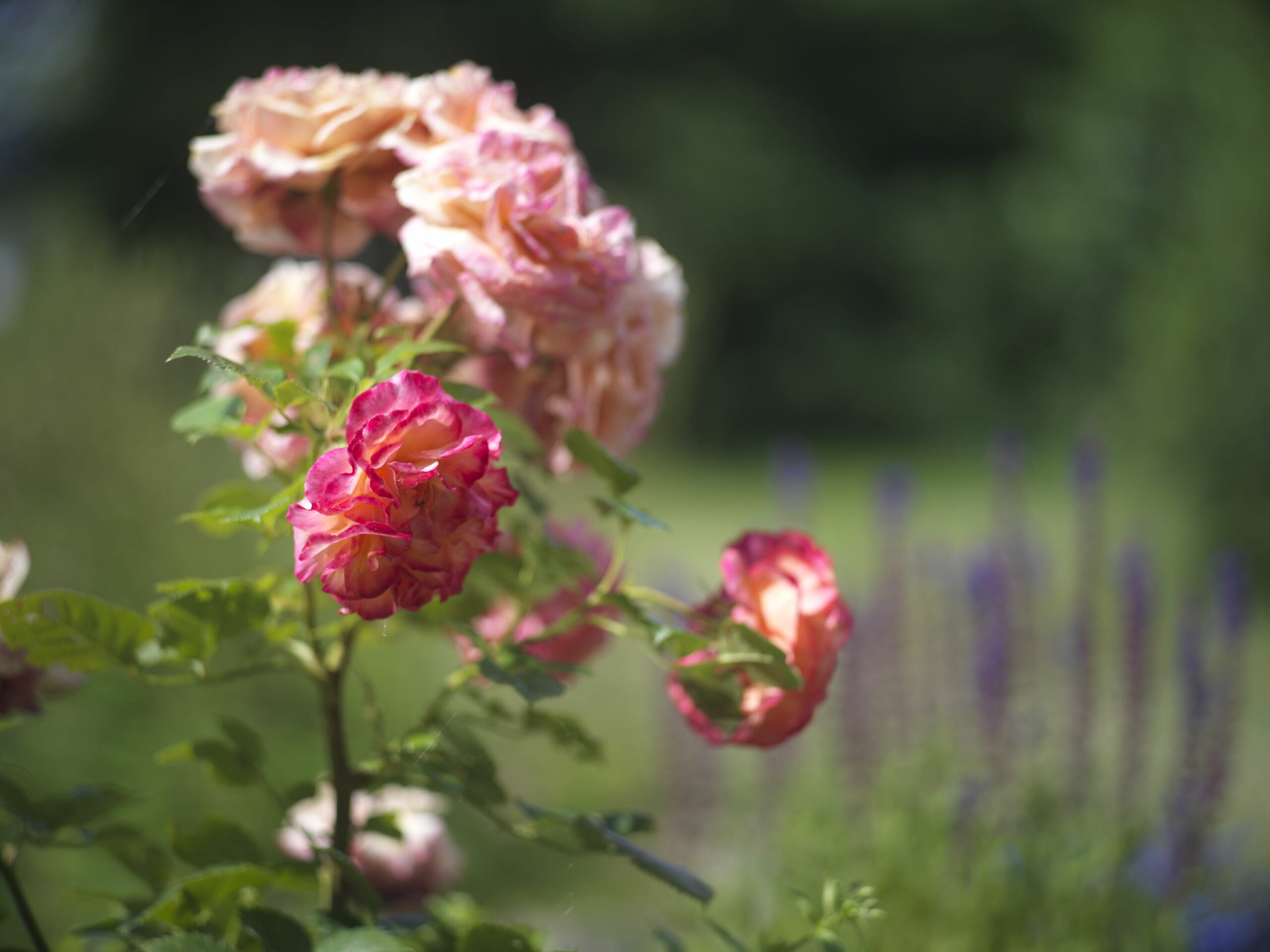
Another character of this lens that is very pleasing is its background blur. Even though an f2.8 lens isn’t expected to create very strong separation, the 100mm focal length does add to this. The background is just visible in the image on the left shot at f2.8, in the image on the right, shot at f4, the background is a little more discernable, but just so much you know what is there, without it disturbing the image. To me that is a very likeable separation.
Nikon AF Nikkor 28-80mm f3.5-5.6D
Nikon AF Nikkor 35-70 f3.5-4.5D
Nikon AF Nikkor 85mm f1.4D
When I first got this in my hand, bought together with a Nikon D4 DSLR camera, I was stunned by the sheer weight of it, but actually it is not that heavy, just feels so due to its compact, or rather tight, construction. Thereby I am saying, that it is not small, however, for the size of glass elements required to allow this huge amount of light to get through it, it is a very compact construction, and therefore feels heavy.
The Nikkor 85mm f1.4 lenses have throughout their three generations been famed especially between portrait photographers for amazing image quality. However, I am reviewing this lens as a more general purpose short telephoto lens. It corresponds to around a 68mm lens in full frame terms, so a very short telephoto lens. The image quality that gave this lens its fame is the ability to throw backgrounds out of focus in the most beautiful way, and to focus your attention to the primary subject of the image. But this ability could translate to good sharpness in the center of the image, and pretty low sharpness at the borders and in the corners, at least at the most open apertures. Therefore, I had to investigate if good sharpness was present elsewhere than in the center at f1.4 to f2, or if at least sharpness levels were acceptable when stopping down just a little.
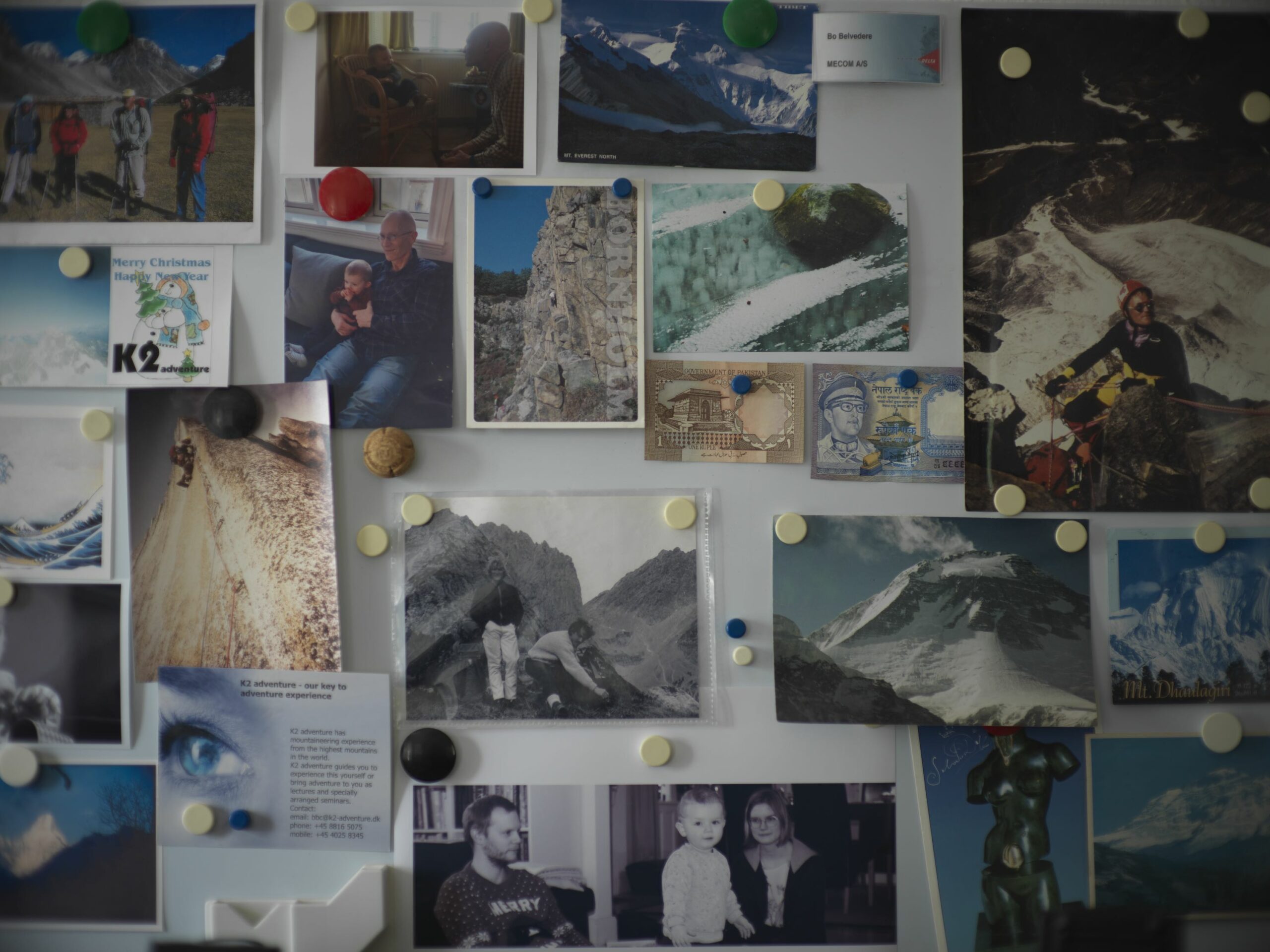
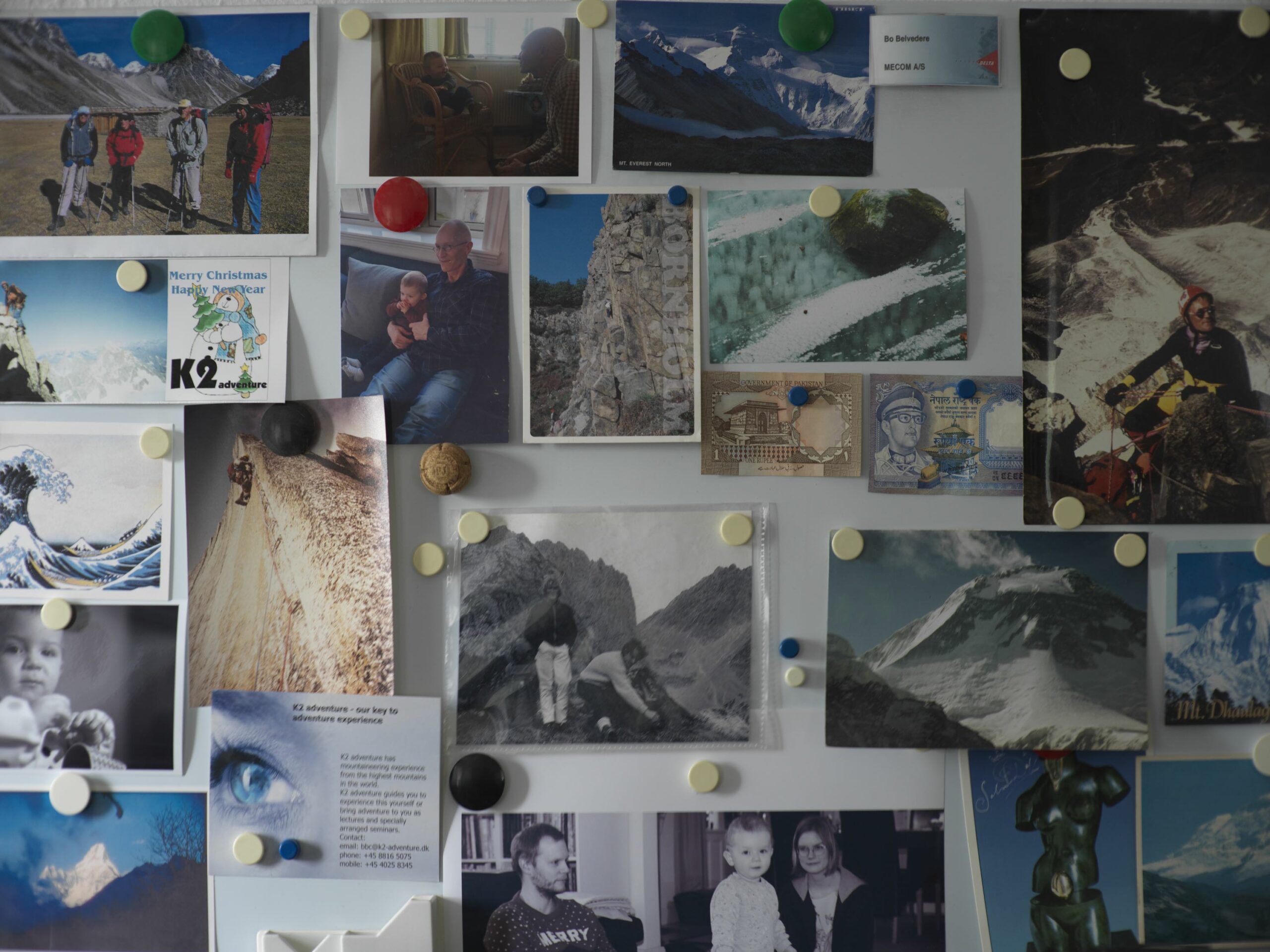
The two images of the board in my office clearly shows, that although center sharpness is nice already at f1.4 the borders and especially the corners are very soft. For any other purpose I can think of except portraiture this is unacceptable. Luckily, as the image to the right shows, sharpness levels increases dramatically at f4, and not only sharpness is increased as also the contrast in the corners show large improvement. Going beyond f4 gives a little further increase in general image quality, so much that the lens could be used even for landscapes. Some would argue that you don’t buy this kind of lens as a general purpose lens, but I guess most people couldn’t justify buying it just for portraiture, therefore, it is fortunate that the general image quality makes this jump at around f4-f5.6. Nevertheless, if you own this kind of lens, you will also use its ability to blur the background in a nice way, therefore, having done with sharpness levels, let’s look at the bokeh abilities of this lens.
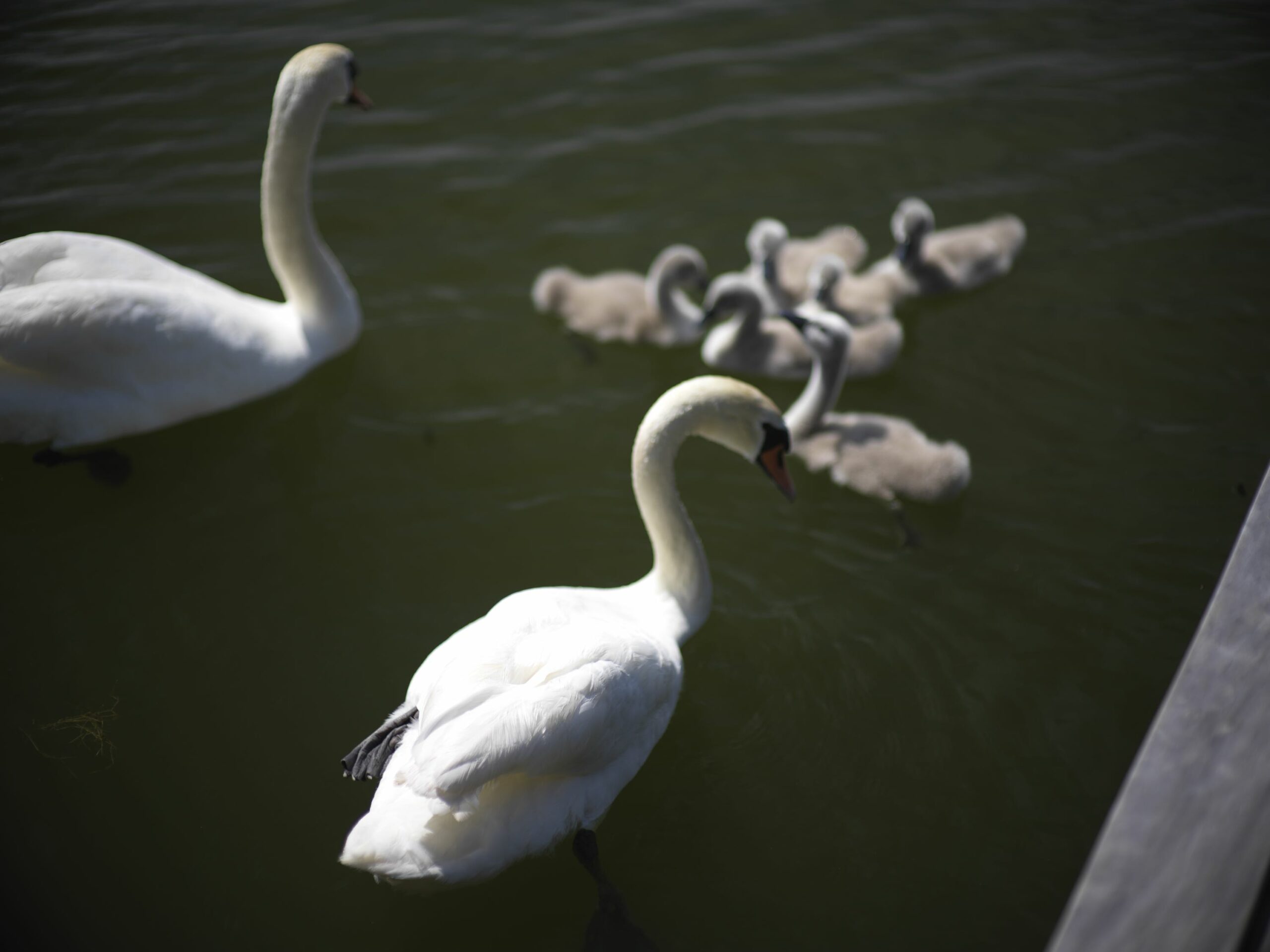
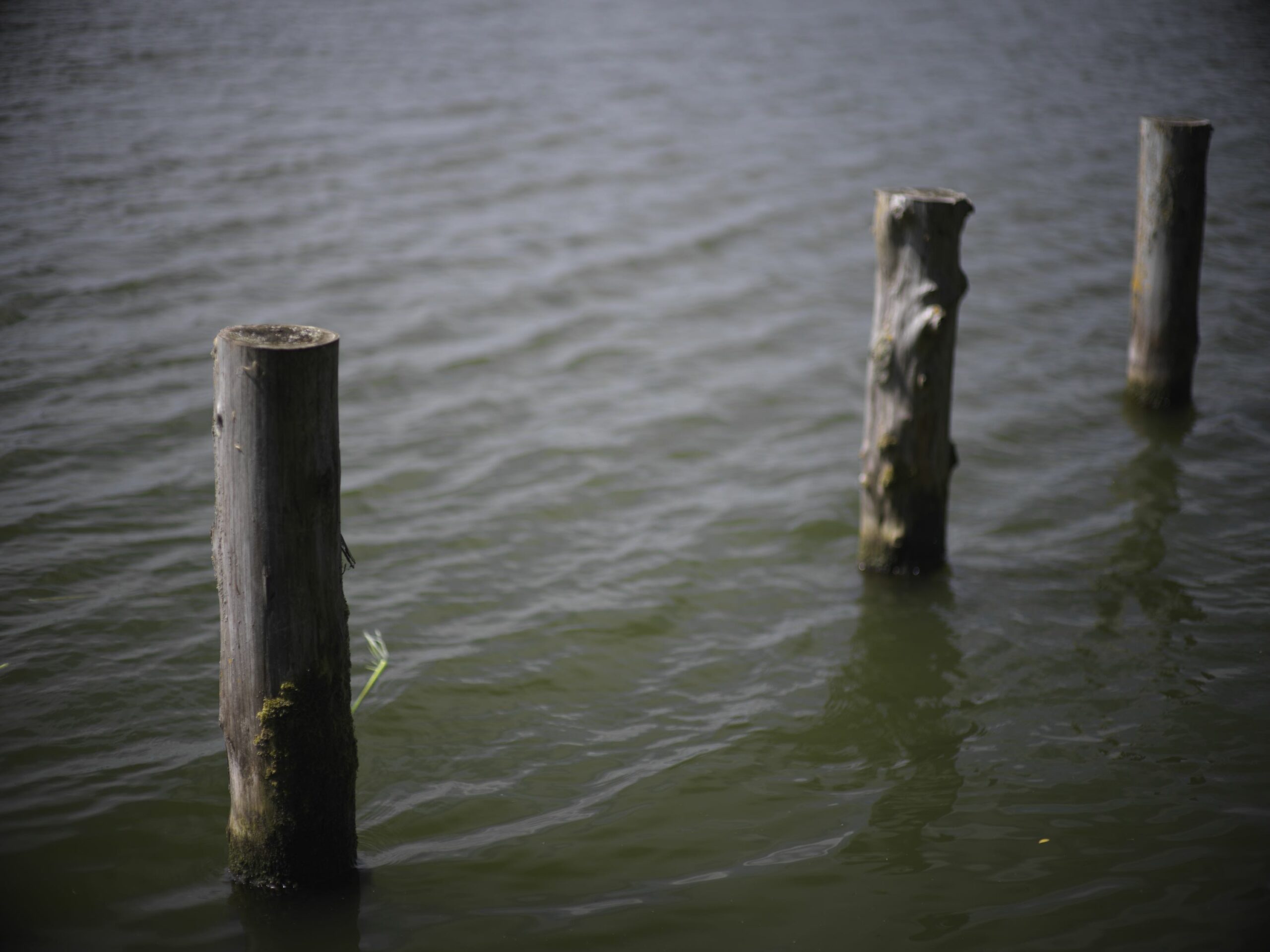
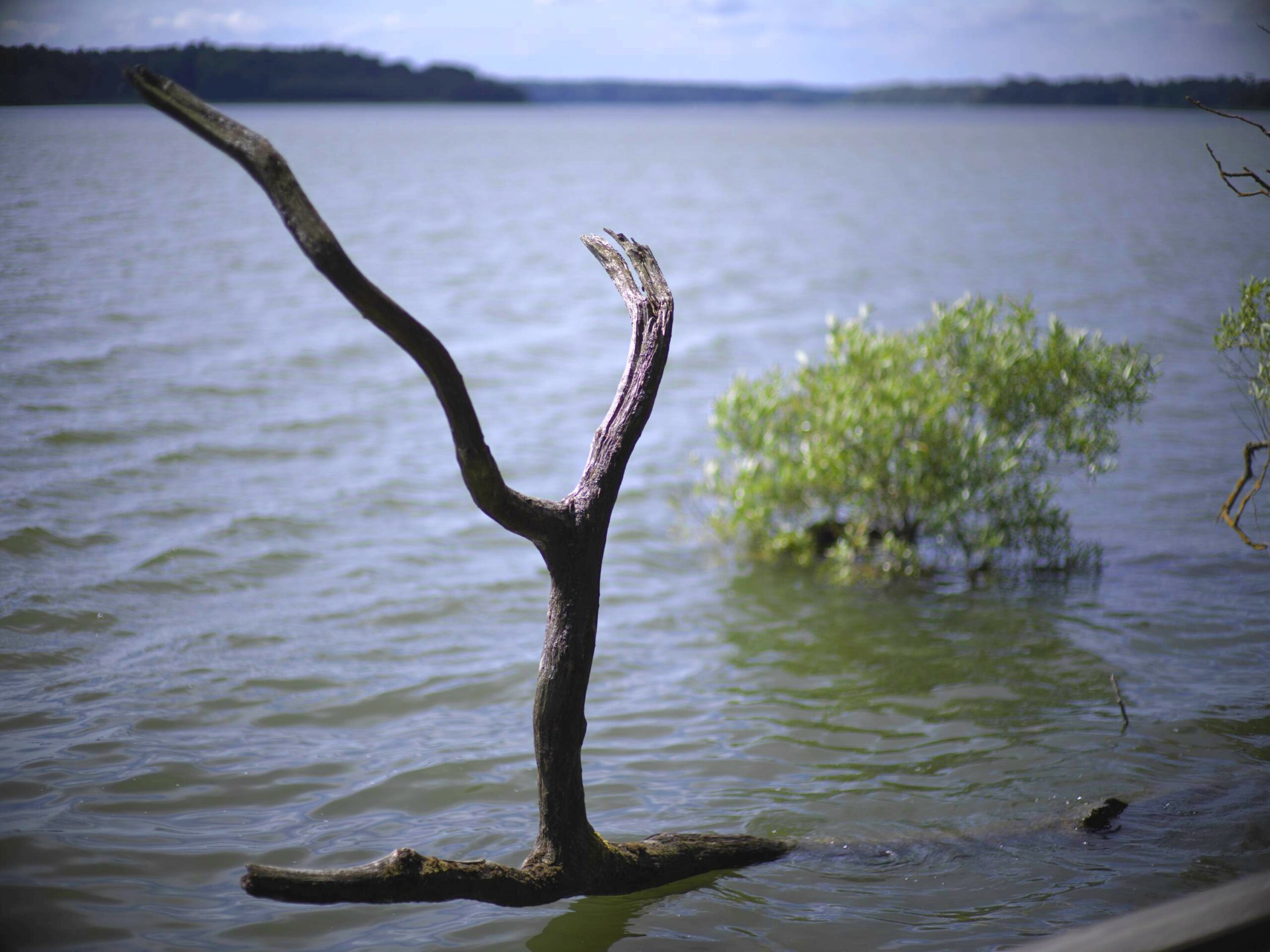
The above tree images are shot at f1.4 at different distances from two to around 6 meters to the main subject. There is a definite fall of in sharpness to the background, but at these distances you can clearly discern what is in the background, it doesn’t completely disappear.
Focusing on something close to the lens’ minimal focusing distance of 0.85 meters, matters are very different as you can see from the two examples below, the left shot at f4 and the right at f1.4. In the latter even the near background is almost is gone in background blur, but even at f4 the separation is very good, and though I know this is subjective, the character of the blur seems very nice.
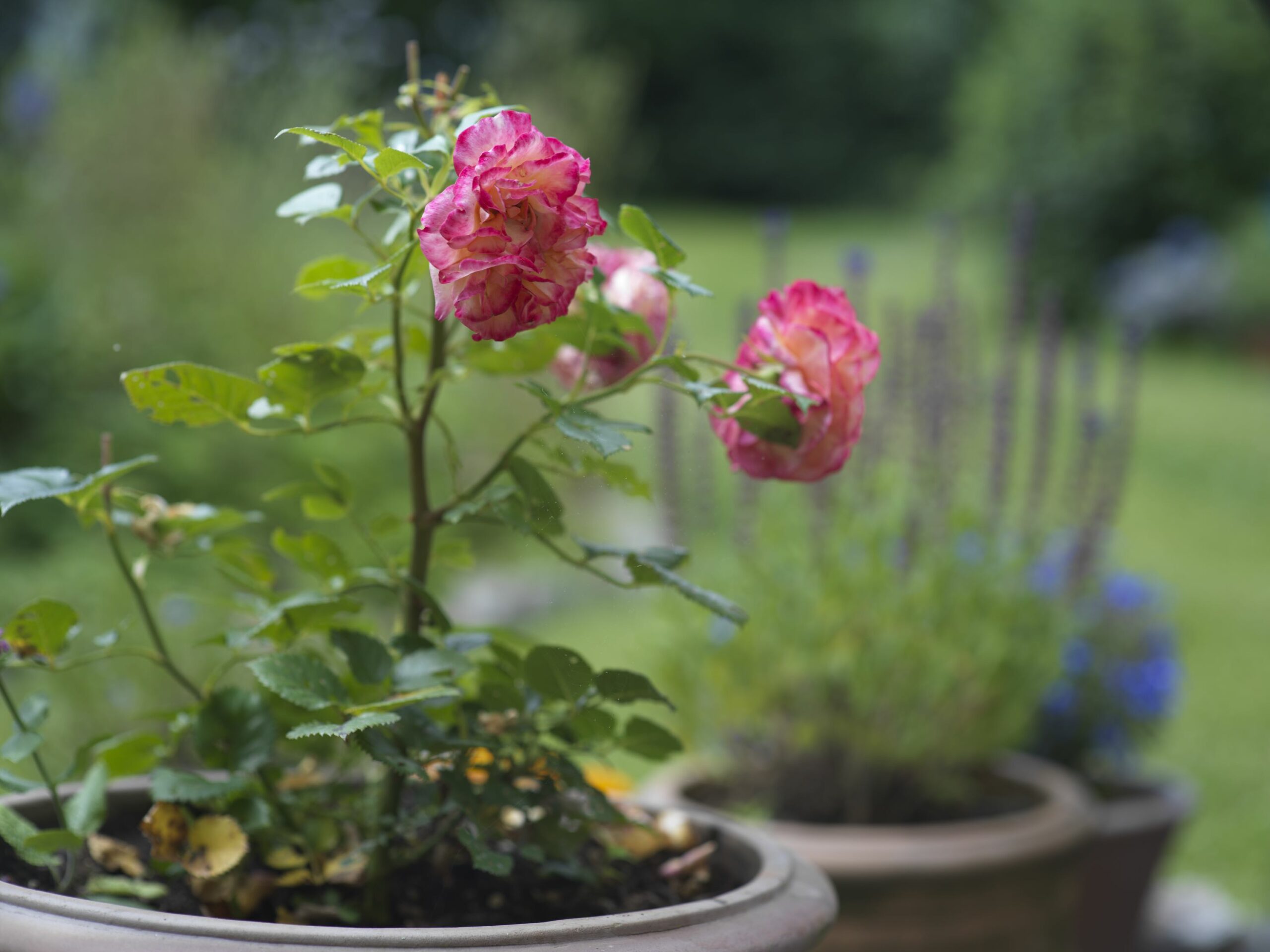
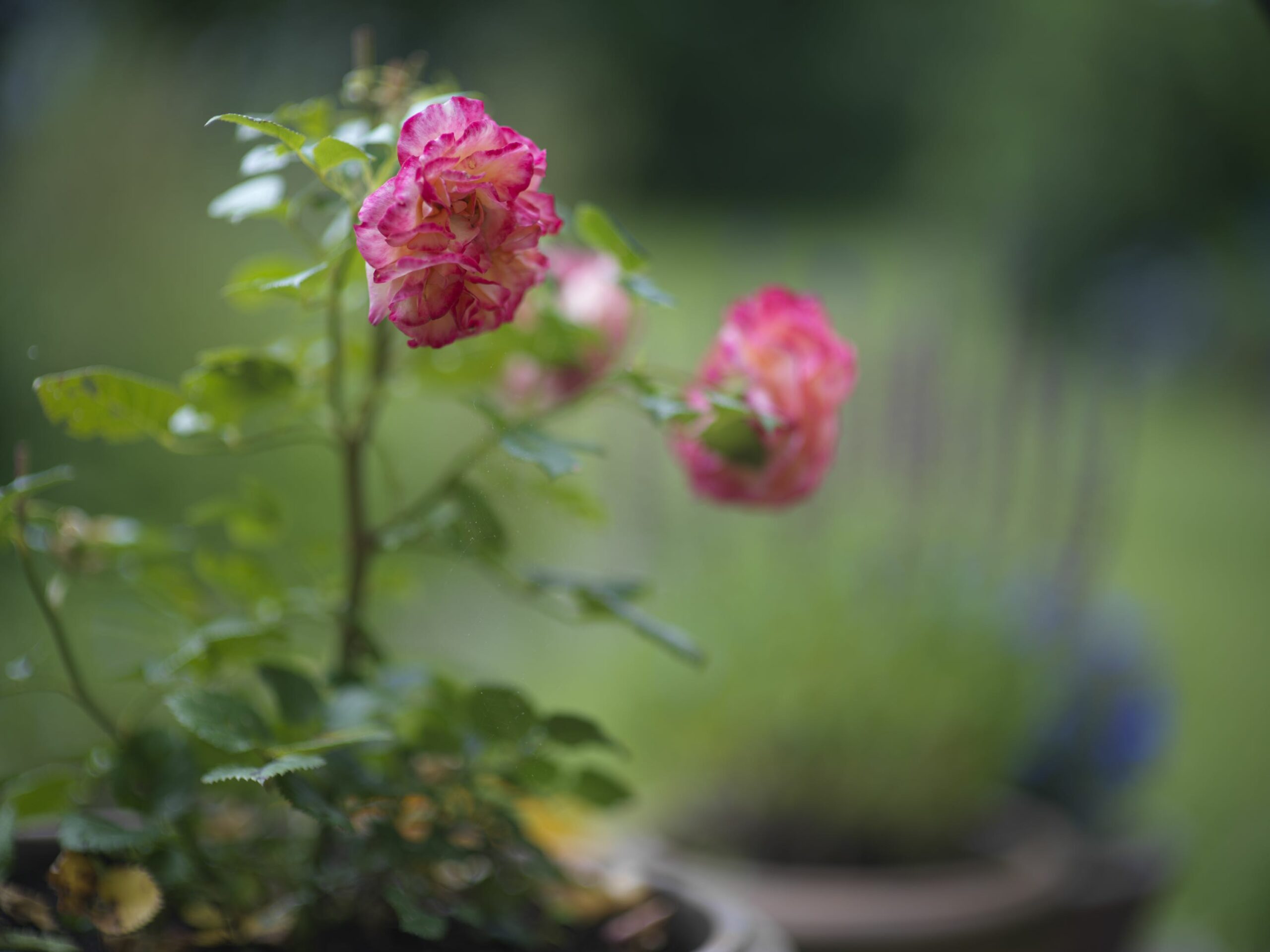
Summing it all up, what do I think of this lens. Actually, it depends on your style of photography, while I like the portrait character of the lens, that it isn’t tag sharp all over the image at f1.4, I am amazed by the fine sharpness it achieves at f4-5.6 and above. Therefore, it can act both as a portraiture lens, a lens to separate a subject completely from the background, as well as a general purpose short focal telephoto lens. You just have to stop down a little. There is one downside to the lens. I have paid as much as 550€ for it, and I’m not sure I would buy it today at that price, as there are newer and cheaper alternatives with manual focus. On the Hasselblad I have to focus manually anyway, but I do use it on my Nikon D3 once in a while, and on that camera the fast autofocus comes in handy as it can perform as a sports shooters lens. For its optical character and quality though, it come highly recommended.
You can find the next article in the series here: Adapted lenses #6 – Canon EF.
Overview of the tested lenses |
|||||
|---|---|---|---|---|---|
| Lens | Aperture | Vignetting | Sharpness | Contrast | Chromatic aberration |
|
Minolta MD 50mm |
1.7 | None | Good center, corners OK wide open. Fine sharpness when stopped down past 2.8 | Fine | Little to non |
|
Minolta Rokkor 50mm |
1.4 | ||||
|
Nikon AF Nikkor 28mm |
2.8 | ||||
|
Nikon Nikkor 50mm |
1.8 | None |
Perfect center, corners good at 1.8-2.8. Perfect all over at f4-f16 |
Fine | Very little |
|
Nikon E 100mm |
2.8 | Very little |
Fine in center, corners OK at f2.8 Good all over at f4-f16 |
Fine | Little |
|
Nikon AF Nikkor 28-80mm |
3.5-5.6 | ||||
|
Nikon AF Nikkor 35-70mm |
3.5-4.5 | ||||
|
Nikon AF Nikkor 85mm |
1.4 | Very little |
God center, corners soft at f1.4 Pretty sharp all over from 5.6 |
OK at f1.4 Fine at 5.6 and above |
Little |